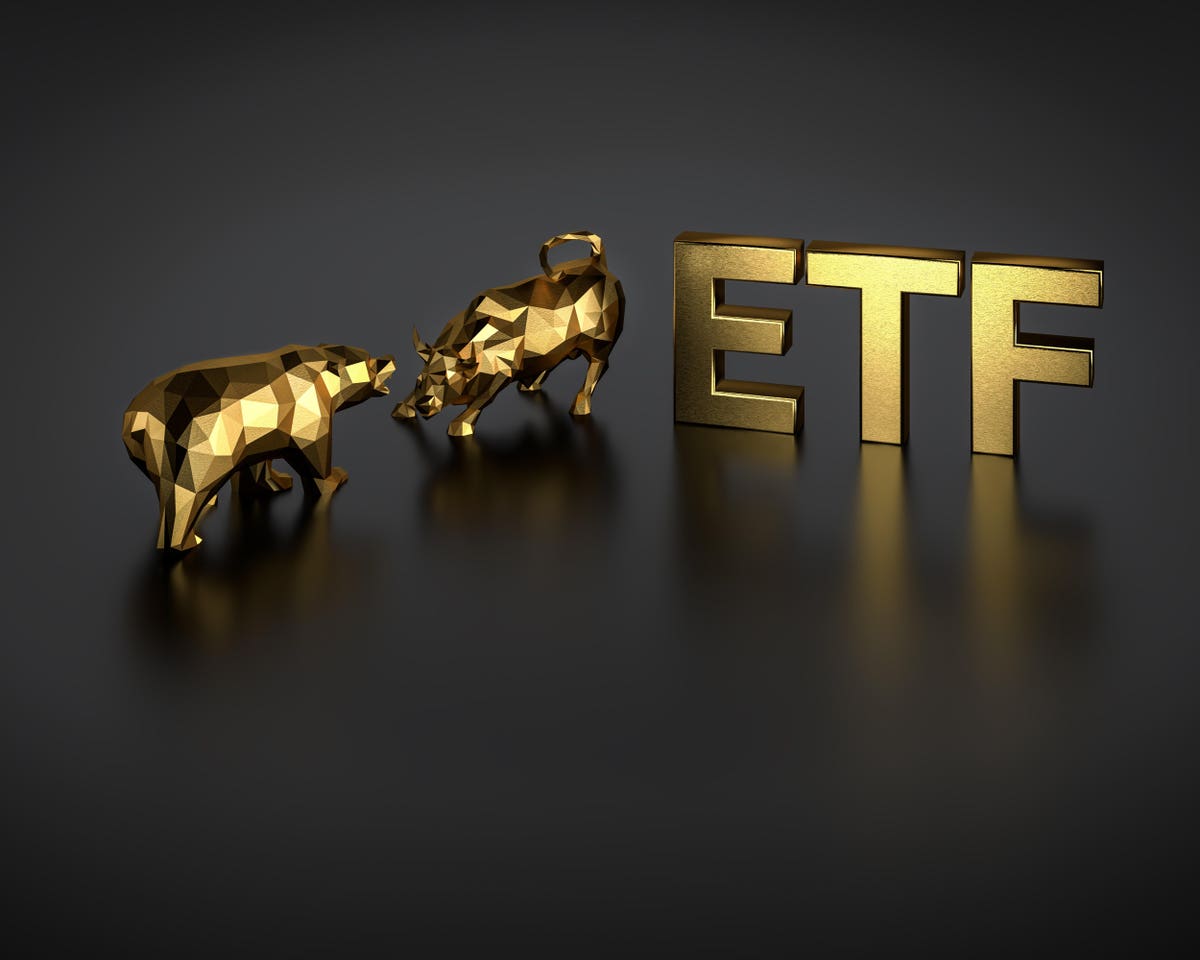Question: Why are there so many ETFs?
Answer: ETF issuance is profitable, so Wall Street keeps cranking out more products to sell.
I leverage my firm’s data to identify three red flags you can use to avoid the worst ETFs:
1. Inadequate Liquidity
This issue is the easiest to avoid, and my advice is simple. Avoid all ETFs with less than $100 million in assets. Low levels of liquidity can lead to a discrepancy between the price of the ETF and the underlying value of the securities it holds. Small ETFs also generally have lower trading volume, which translates to higher trading costs via larger bid-ask spreads.
2. High Fees
ETFs should be cheap, but not all of them are. The first step here is to benchmark what cheap means.
To ensure you are paying average or below average fees, invest only in ETFs with total annual costs below 0.51% – the average total annual costs of the 289 U.S. equity Sector ETFs my firm covers. The weighted average is lower at 0.25%, which highlights how investors tend to put their money in ETFs with low fees.
Figure 1 shows InfraCap MLP ETF (AMZA) is the most expensive sector ETF and Schwab U.S. REIT ETF
SCHH
FENY
FHLC
FNCL
Figure 1: 5 Most and Least Expensive Sector ETFs
Investors need not pay high fees for quality holdings. Fidelity MSCI Energy Index ETF (FENY) is the best ranked sector ETF in Figure 1 and of all ETFs under coverage. FENY’s very attractive Portfolio Management rating and 0.09% total annual cost earns it a very attractive rating.
On the other hand, Schwab U.S. REIT ETF (SCHH) holds poor stocks and earns a very unattractive rating despite having low total annual costs of 0.08%. No matter how cheap an ETF looks, if it holds bad stocks, its performance will be bad. The quality of an ETF’s holdings matters more than its management fee.
3. Poor Holdings
Avoiding poor holdings is by far the hardest part of avoiding bad ETFs, but it is also the most important because an ETF’s performance is determined more by its holdings than its costs. Figure 2 shows the ETFs within each sector with the worst holdings or portfolio management ratings.
Figure 2: Sector ETFs with the Worst Holdings
Invesco (
PSCM
EWCO
iShares Core U.S. REIT ETF
USRT
GNOM
UTES
ONLN
XAR
The Danger Within
Buying an ETF without analyzing its holdings is like buying a stock without analyzing its business and finances. Put another way, research on ETF holdings is necessary due diligence because an ETF’s performance is only as good as its holdings.
PERFORMANCE OF ETFs HOLDINGs – FEES = PERFORMANCE OF ETF
Disclosure: David Trainer, Kyle Guske II, and Italo Mendonça receive no compensation to write about any specific stock, sector, or theme.
Read the full article here


